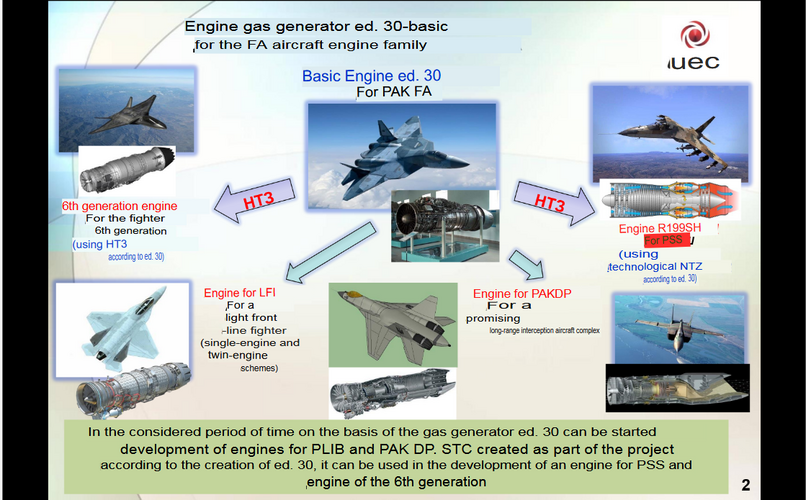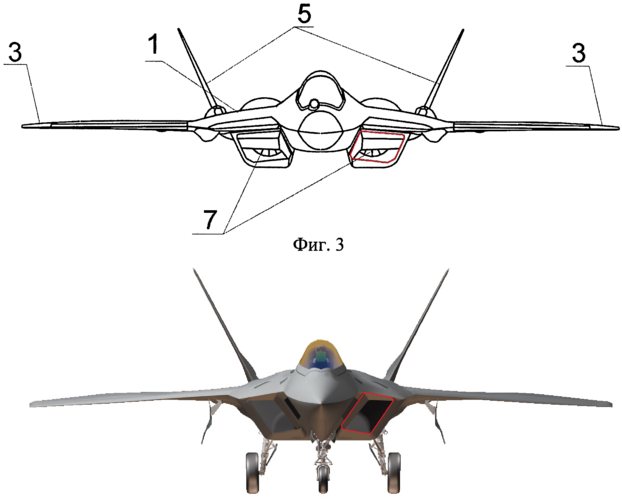Specific gravity is a physical quantity,
which is defined as the ratio of the weight of a substance P to the volume V occupied by it.
Weight per volume being decreased could correlate to higher thrust to weight but not directly.
Ok then, izd. 30 has a density lower than 0.1 and weights less than 500 kg, right?
You have been arguing that Izdeliye 30 has a significantly higher mass flow rate and advanced opinions on the intakes being greatly oversized etc for supercruise optimisation for several pages.
When confronted by the engine designer saying that supercruise optimization depends on higher specific thrust not increased mass flow, doesn't that theory go out the window?
Confronted? I am the one saying that izd. 30 is an engine designed for supercruise with the highest specific thrust in the world. That says nothing about the inlet's size and how it is designed for the different flight conditions. In the pages before we have seen the dependence of mass flow demand with speed and we know the characteristics of the atmosphere with altitude, that is a restriction placed on the engine by the inlet at given conditions. If the inlet does not provide the needed mass flow, the engine cannot work properly. It is obvious that if you want to have the highest thrust possible, you will work in both directions at the same time, specific thrust and mass flow at the engine itself, and then make sure that the intake is up to the task at the flight regime of interest.
BTW here is the chief designer saying the engine has the highest specific thrust, the conversation starts around 18:20:
View: https://www.youtube.com/watch?v=aDXNDA5xuS4
Please consider that captions are not correct, they translate as thrust to weight ratio but they are talking about specific thrust (удельная тяга)
SFC being the same could mean a lower bypass ratio (for higher speciic thrust) combined with higher efficiency due to TET increase cancels each other out rather than being a hidden clue to VCE.
Certainly, but consider the difference in mil thrust between a F119 and an AL-41F-1, that is ca. 11.5 tf vs ca. 9 tf, or almost a 30% difference, with F119's TIT to my knowledge still being unmatched by any engine other than F135 and corresponding to 5G standard. So Saturn went so much above the F119 and the 5G level, that surpassed them in specific thrust and still kept a much lower SFC of a very modern, relatively high BPR engine? That would be an extraordinary and unlikely technological leap IMHO, but I am not saying it is absolutely impossible. And again, when the designer talks in the terms that I quoted above the logical thing is to assume that VCE is indeed a possibility to consider, specially given it helps explaining some of the features claimed for the engine.
Technically, specific gravity should be a unitless parameter. I've only ever used it as a measure of propellant density; for instance, the specific gravity of JP-8 or Jet A is usually around 0.8 or so.
Exactly, I have never seen such parameter being used for engines, and I find it completely uninteresting, unlike specific weight as the inverse of thrust to weight ratio, which is indeed a cardinal performance indicator. Plus the resulting values are completely implausible.
Frankly, none of this is really supporting your original argument that increased inlet size corresponds to superior supercruise performance. This is especially if the izdeliye 30 is meant to largely match the dimensions of the current AL-41F1, in which case I wouldn't expect the mass flow to significantly increase, not to the extent that the differences in inlet capture area would suggest.
The max thrust suggest a certain increase of mass flow (again, if it is a VCE there might be additional complications to assess how this corresponds to higher mass flow) and then, my point is that the intake indicates to a design point clearly shifted to higher speeds and altitudes consistent with the highest end of supercruising performance.
To be totally sincere, I think Sukhoi just made damn sure with the intake design that it was not going to be the limiting factor, since they did not have certainties about the performance (or even existence) of the second stage engine by the time of the design. Therefore it being fully variable and very big, maybe as a way of compensating for potentially lower specific thrust at the engine level. With a specifically designed engine, they have pretty much piled all factors of propulsion performance one on top of another, and the results should be outstanding.
I take that you don't see it conclusive, that is fine with me.
As to engines of the same diameter having different mass flow, this is a constant in the technical evolution both within a generation or model and with the generational change. Do you expect the adaptive engines not to have higher mass flow than F135? Or AL-41F-1/1S not to have higher air consumption than AL-31F?
IMHO I have made my point and presented the evidence, coming directly from the mouth of the designer, now is up to everyone to decide what makes sense for them.






